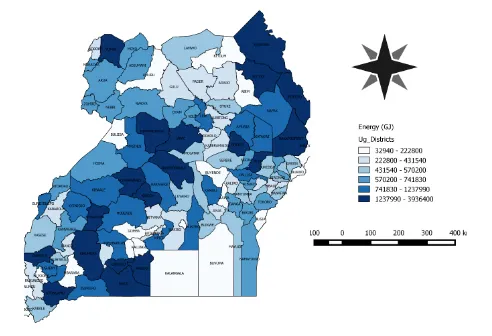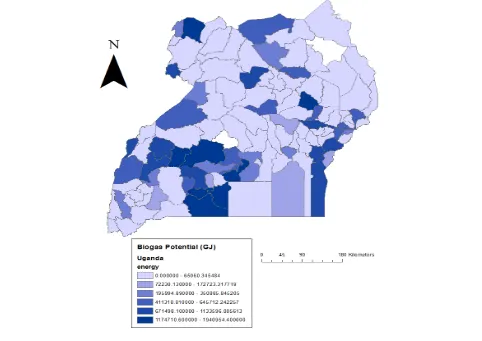Waste to energy technologies for solid waste management a case study of Uganda
Full text
Figure
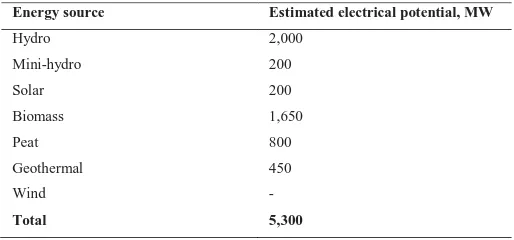
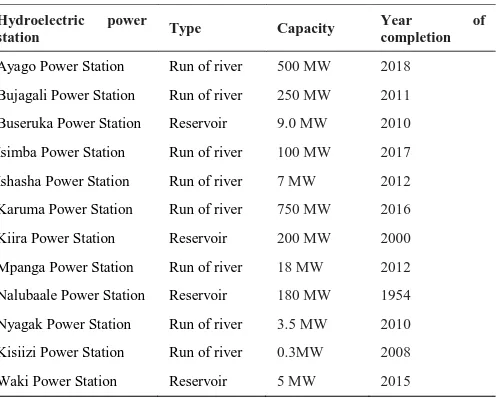
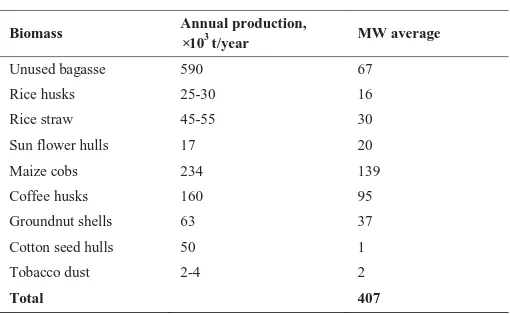
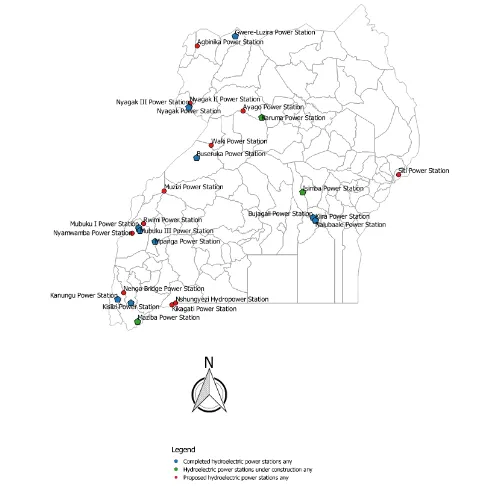
Related documents
In order to control for the effect of capital requirements on C&I lending activity, a measure of the bank’s capital-to-asset ratio (CARATIO) is included in the empirical
Part III: Social entrepreneurship: Beyond pure market and non-market approaches In the first part, we will examine the size and scope of the potential market for a wide range
Turner I has five important legacies: first, intermediate scrutiny was the appropriate level of scrutiny when determining whether the must-carry rules were constitutional
GShield Asia refers and introduces Grab for Business customers to NTUC Income to allow NTUC Income to sell and promote its Business Protector and Employees Flexcare (GHS) plan
The purpose of the present study was to compare the blood pressure (BP) as well as the autonomic responses during different types of abdominal exercises in 30 subjects (age 18 to
REITs that have more assets turnover and not profits tend to have less leverage, because the revenues (capital gains and rents) strongly related with firm's
These backup products provide features such as traditional backup to tape, backup to conventional disk, backup to the cloud, data reduction (compression and deduplication),
Keywords: Generalized penalty function, Gerber-Shiu function, Sparre Andersen model, surplus- dependent premium rate, threshold dividend strategy, credit interest, absolute
